Ji'an Keishuin | Visiting the beauty of the third-level historic site, the most complete Japanese-style temple in Taiwan, seems to have entered a time tunnel.
Article language :
2025 Osaka Expo Simplified: One App for All the Latest Info, Maps, and Transport!
Ji'an Keishuin, located in Hualien, is currently the most complete Japanese-style temple in Taiwan. It was built in 1917. Kawabata Manji raised this church in Yoshino Immigrant Village to comfort the immigrants with the power of religious stability. Feeling homesick , and traveled to 88 temples on Shikoku Island in Japan, please return 88 stone Buddhas, so that believers can visit nearby, and it has been listed as a third-level historic site by the Hualien County Government.
The Keishuin, which has changed over the years, the ancient and simple Buddhist hall, the solemn and solemn 88 stone Buddhas, and the dry landscape full of Zen, make people immersed in a quiet and peaceful atmosphere, as if walking into a time tunnel, feeling The old school of the past.
Exterior of Keishuin
Keishuin is always crowded with tourists. It is a century-old historic site that must be visited when visiting Hualien. The appearance of the gate is full of Japanese style, making people feel as if they came to Japan in a second.
Free audio guide service
Keishuin has two fixed-point guided tours every day, 10:00 am and 14:00 pm. Each session takes 15 minutes. If you are not here at the designated tour time, don’t worry too much. Keishuin provides afree smart QR code tour service.Just scan the QR code to watch the audio-visual tour, and English is also available. , Japanese version introduction!
▲ There is a smart guide QR code behind the ticket, and you can scan the code to get the audio guide service for free.
The free audio guide needs to be scanned through the QR code APP:
▲I scanned with this APP.
If you are an ios user, you can turn on the built-in camera scan.
1. Scan the Smart Navigation QR code
2. After decoding, open the webpage
3. Watch the audio guide commentary
The website provides three kinds of audio guide services, which are Chinese, English and Japanese.
Key points of visit to Keishuin
# Temitsuya
(Suspended use due to water outage on the day of shooting)
Temizu-sha is generally built on the left side of the road leading to the "main hall" of the shrine. It is for people who come to visit Japanese shrines to cleanse their body, mind, and mind before visiting the shrine. The pavilion, the four pillars are slightly inclined towards the center of the hand-water house, and a water tray is placed in the center. The water tray is mostly made of stone, but also iron and wood products.
📝 Correct steps to cleanse yourself:
The worshiper first takes a ladle of water with a ladle, washes his left hand and right hand, then pours the water into his hand to rinse his mouth, and after washing his left hand again, washes the ladle with the remaining water in the ladle, and then puts the wooden ladle in the mouth. Face down and put it back where it was originally placed on the "Temizuya" sink .
# Keishuin Buddhist Hall
The entire building of the Buddhist Hall of Keishuin is made of wood. The most distinctive feature of this building in appearance is the four-column "treasure-shaped" roof design, which follows the traditional Japanese architectural structure, mainly using a wooden building frame system, and a Xuan style. The entrance, wooden railings on three sides, and the layout are three wide and four deep, which is a typical Edo period style.
In Japan, due to the heavy humidity of the island climate , most Buddhist temples and shrines use stilted buildings to maintain ventilation, and the buildings are suspended above the ground.
In Japan, due to the heavy humidity of the island climate , most Buddhist temples and shrines use stilted buildings to maintain ventilation, and the buildings are suspended above the ground.
The eaves, that is, the protruding eaves space at the entrance to the front of the temple, are called "xiang 拝/こうはい or ごはい" by the Japanese. People can stand here to pay homage to the temple. Remember to take off your shoes and enter barefoot. Keep quiet and not play. .
The main deity enshrined in the Keishuin Buddhist Hall is Kobo Daishi/Fudo Mingo/Bishamonten . Currently, it is mainly used as a lecture hall and public worship. This is a solemn and sacred venue. Do not make loud noises.
In the Buddhist world, Fudo Mingwang belongs to the five Ming kings of Tantric Buddhism. He is regarded as the incarnation of the Great Sun Tathagata Buddha to subdue demons and spread the Dharma. He holds a lock in his left hand, which represents the heart of guiding sentient beings to steadfastly follow the Buddha with the rope of diamond , and is not subject to the temptation of the outside world.
If you want to know more about the historical background , you can scan the QR code of the commentary board, and the free commentary with text and video will be more clear !
# "Bright Mantra a Million Times" Stele
There is a stone tablet with a million times of mantra of light in Keishuyuan, which is about 2 meters high . According to legend, people who were sick in the past would come here to worship and go around, praying to the gods to get rid of the disease. The abbot or cloth teacher of the monastery would hold a rosary and lead the patient with folded hands to circle the stone tablet 108 times clockwise , and continue to chant the light. The mantra was repeated a hundred and eight times , and the sick were healed , and it was widely preached as a miracle.

# Keishuin Eighty-eight Stone Buddhas
According to legend, Master Kobo Kukai realized how to get out of danger and escape in life, and built the so-called "Eighty-Eight Sacred Grounds of Shikoku". There are also eighty-eight stone Buddha statues in Keishuin . In the eighty-eight spiritual sites , each Buddha statue has a serial number, from the first number to the eighty-eighth number.
In the past, in order to soothe the minds of Japanese immigrants and consider the real environment and religious traditions at that time, it is said that Kawabata Manji followed the legacy of the founder of Shingon Sect, "Master Kukai", and traveled through the eighty-eight shrines on Shikoku Island in Japan. Please come back one by one, so that the residents can seek spiritual sustenance.
It is said that as long as the wish is written on the "Ema", the wish can be conveyed to the gods, and there is a chance to realize the wish. Located next to the eighty-eight stone Buddhas, you can see the full "Ema" hanging under the eaves , recording Tourists are full of wishes. If you want to write a blessing card (painted horse), you can go to the sales department to buy it!
# Keishuin Baidu Stone
Baidu Stone, the cornerstone of Japanese temples, there is a tradition in Japan called "hundred-time pilgrimage", believers need to start from here to visit the main temple, and return to the main temple for a hundred times.
# Keishuin Environment
The surrounding environment of Keishuin is quiet, and every plant and tree are neatly arranged, which makes people immersed in a peaceful and serene atmosphere. It is worth mentioning that the shape of the pool in the garden is built according to the shape of Shikoku, Japan. Look carefully, it's easy to miss it accidentally!
"Shikoku" refers to Tokushima, Kochi, Ehime, and Kagawa prefectures .
The bells in Japanese Buddhist temples are usually called "Brahma bells". Usually tourists are not allowed to enter the Buddhist bells at will, let alone touch them at will. Only when the shrine welcomes the New Year, 108 bells will be ringed by the hospital staff or representatives .
Supplementary knowledge: The origin of the 108 bells is that Buddhism believes that people have 108 kinds of troubles. On New Year's Eve, the bell rings 108 times, and those who hear it can eliminate the troubles in the world.
# Keishuin signed poems
Keishuin has introduced two types of fortunes for gods and love poems from Japan to provide visitors with a guideline for their future lives. Try not to be tempted to ask for fortunes. It is best to inform the gods and ask for fortunes later when visiting the shrine .
Many people think that if they draw a "bad luck", they should tie the fortune to a shrine or temple to relieve misfortune, and if they draw a "good fortune", they will bring it home for good luck. However, there are also Japanese people who think that if you get a "lucky lot", you should tie it to a shrine or temple to remind the gods to realize it, and if you get a "bad lot", you should take it back to guard yourself.
So whether or not to tie the lottery in a shrine or temple is up to the individual, whether you can tie it or not, no matter which method is used, the most important thing is to understand the content of the poetry and reflect on yourself from time to time!
Located in the corridor on the left side of the souvenir shop, there is a whole row of wind chimes hanging from the eaves . It turns out that in accordance with the customs of Japanese temples, the wind chime festival is held from July to August every year. Therefore, Japanese temple shrines will hang wind chimes, let the wind chimes shake with the wind, soothe people's emotions, and pray for everyone.
Attractions & Traffic Information
Telephone:
038-535479Address
:
No. 345-1, Zhongxing Road, Ji'an Township, Hualien County
:
No. 345-1, Zhongxing Road, Ji'an Township, Hualien County
Business Hours:
08:30–17:00 (Closed on Mondays)
Ticket fee:
Full ticket NT$30 | Half ticket, group ticket NT$20 | Free admission for Hualien villagers, free admission for the disabled and accompanying persons.
Recommended dwell time:
0.5 - 1 hour
Experience
Keishuin is currently the best preserved place for Japanese-style temples in Taiwan. Although the park is not large, you can feel the origin of Japan and see the beauty of Japanese architecture.
I think Keishuin has organized the historical sites very well, and each antiquities has a very complete description. Just scan the QR code and you can get the audio guide for free. You know, I think this is great!
Keishuin has been listed as a historical heritage of Hualien County’s cohesive sightseeing and cultural value. If you have the opportunity to come to Hualien, you might as well come here to take a look, slow down, appreciate the beauty of centuries-old monuments, and experience different religions and cultures!
The free audio guide needs to be scanned through the QR code APP:
▲I scanned with this APP.
If you are an ios user, you can turn on the built-in camera scan.
You may be interested in:
Recommended Reading:
Buy as Much as You Want! "Unpackaged.U" Store Promotes Sustainable
Environmental Protection. Eliminating Packaging Means Reducing Waste, Starting with "Buying Just Right and Being Eco-Friendly"!
Video recommendation:
Make Your Own Wifi QR Code, Connect to Wifi Without Typing
Come and solve classic sudoku puzzles, have fun and train your brain :
Come and solve classic sudoku puzzles, have fun and train your brain :
 |
Go to download (click to open)






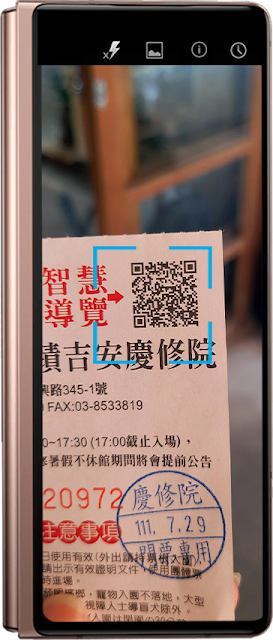


.png)

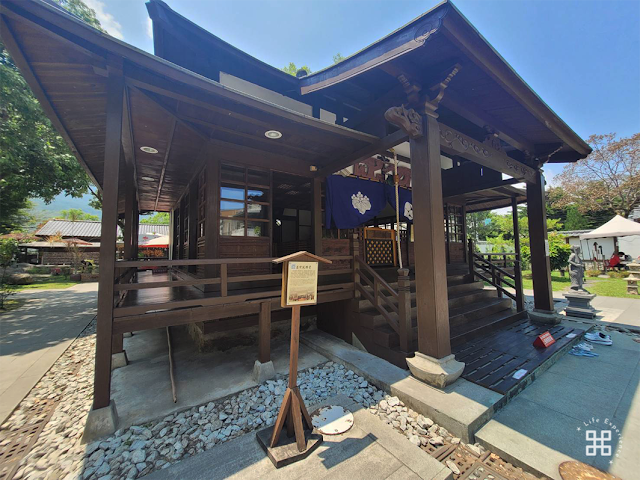













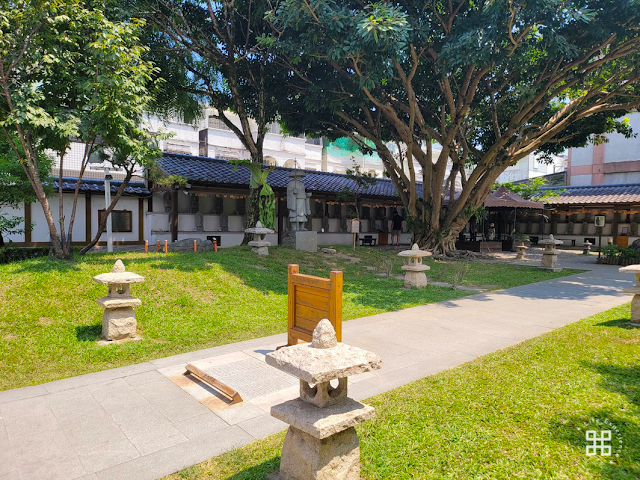

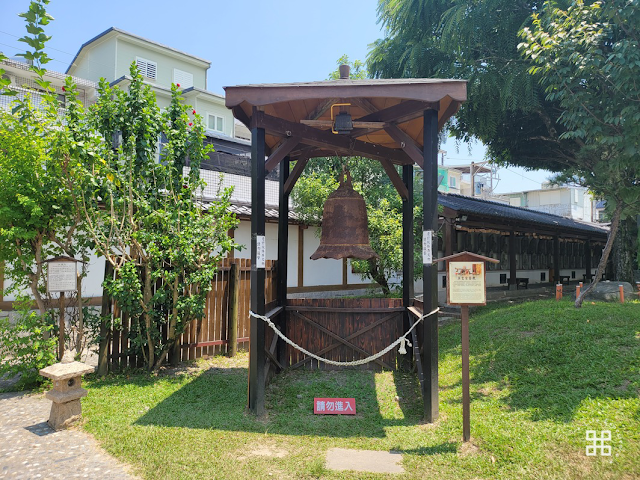
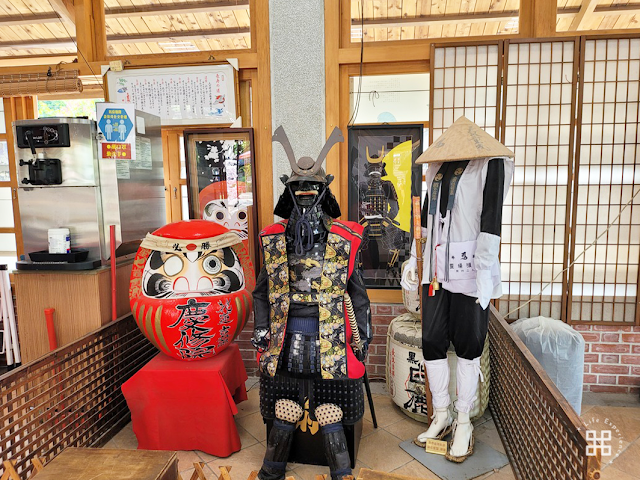
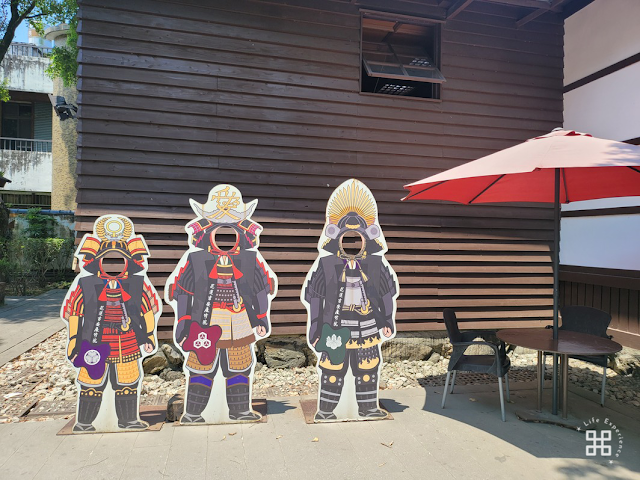




.png)


Comments
Post a Comment